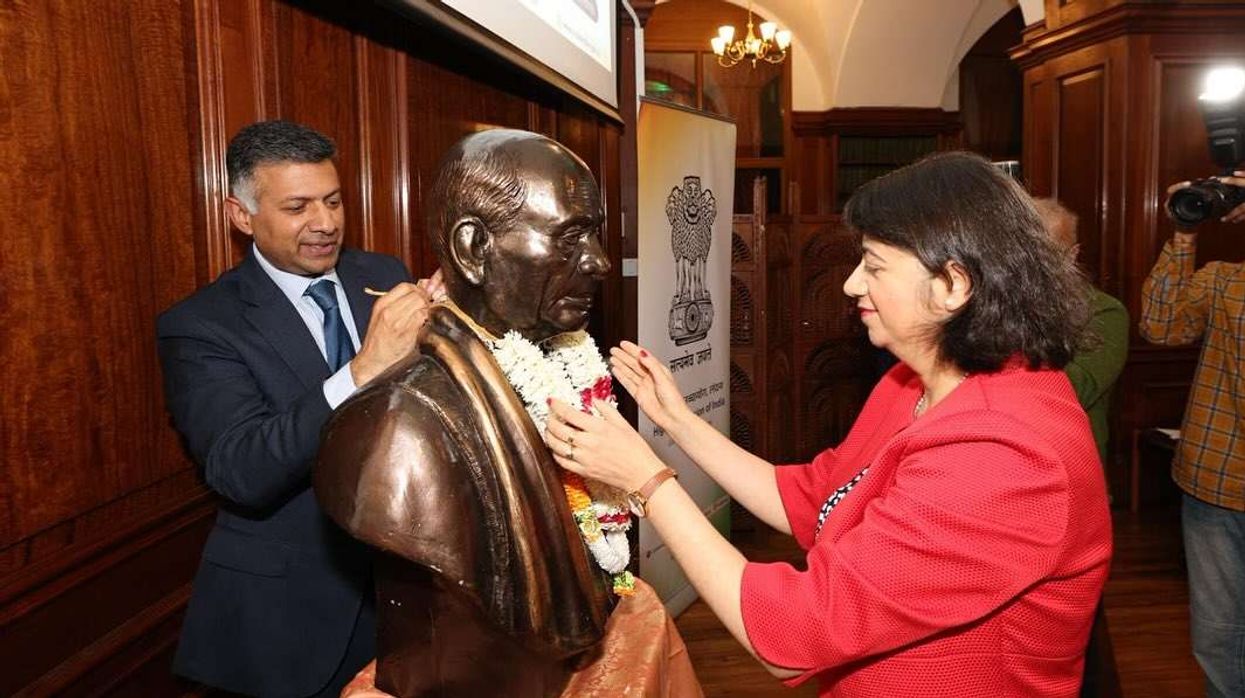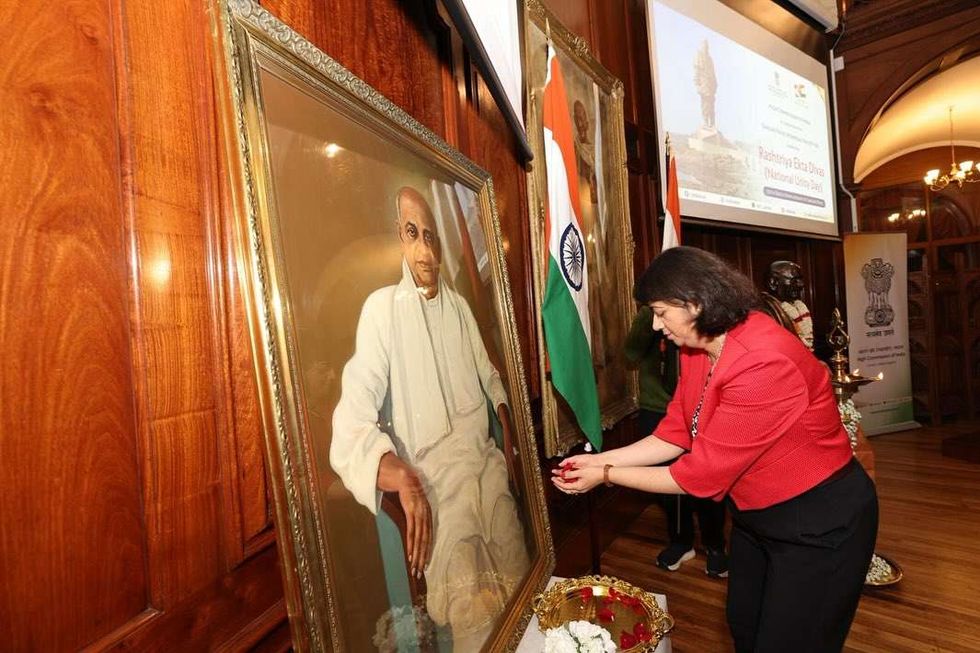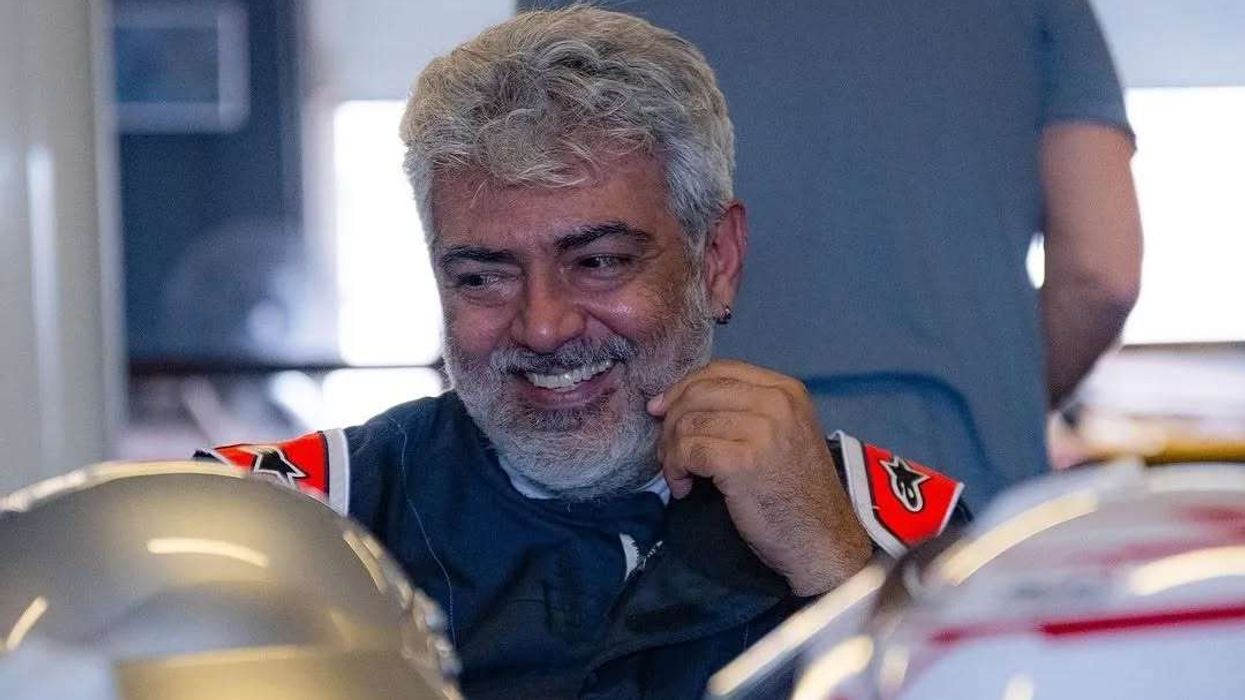When Pakistan and India agreed to restore peace along the highly volatile Line of Control (LoC) in February 2021, it appeared that they were again ready to take a turn on the bumpy road of animosity and mistrust. The ensuing months, however, showed that it was yet another mirage.
The story of Pakistan-India relations is a tale of the proverbial “one step forward, two steps backwards”. So far, almost every positive development in terms of bilateral ties has been overtaken by innate hostility that is often driven by popular sentiments.
In a surprise announcement on February 25, India and Pakistan said that they had agreed to strictly observe all agreements on a ceasefire along the LoC. The two countries had signed a ceasefire agreement in 2003, but it has hardly been followed in letter and spirit over the past several years with more violations than the observance of the pact.
The restoration of the ceasefire agreement of 2003 on the LoC was not an exception. Soon it was followed by reports that the two sides were engaged in secret diplomacy in some shady haunt of the Arabian deserts (the so-called talks reportedly being held in the UAE). No official statement was issued about the status of the talks but ties remain frozen.
In March 2021, Pakistan Army chief General Qamar Javed Bajwa said it was time for India and Pakistan to “bury the past and move forward”.
In his address to the first-ever Islamabad Security Dialogue, participated by “Who's Who' of Pakistan's security establishment, Gen Bajwa said that a “stable Indo-Pakistan relation is key to unlock the untapped potential of south and central Asia by ensuring connectivity between East and West Asia”. But he also mentioned that Kashmir was the main stumbling block in the normalisation of bilateral ties.
Previously Pakistan had conditioned the start of talks with India if it reversed the August 2019 steps in Kashmir, but Gen Bajwa lowered the bar by saying that India should create a conducive environment.
The powerful army, which has ruled Pakistan for more than half of its 70 plus years of existence, has hitherto wielded considerable power in the matters of security and foreign policy.
Pakistan prime minister Imran Khan, who had taken a hardline stance since India abolished the special status of Jammu and Kashmir in 2019, also reduced his rhetoric by saying that good relations with neighbours were paramount for national security.
"We will not be able to take full advantage of our geo-strategic location until we have regional peace until our relations with our neighbours and our trade ties do not improve," he said in the address to the same event.
On March 31, Pakistan almost surprised India when its Economic Coordination Committee (ECC), a top decision-making body, lifted a ban on the import of sugar and cotton from India. Finance minister Hammad Azhar had announced the big decision.
Apparently, the permission for import was given without taking all stakeholders on board, including the ministry of foreign affairs. Sources in the ministry said foreign minister Shah Mahmood Qureshi was unhappy with the decision. Consequently, it was withdrawn as quickly as it was announced.
Months later in November, Pakistan silently allowed India to use its airspace for direct flights between Kashmir and the UAE, but its fate was not different from the previous positive steps. The move was scuttled after a week when Islamabad withdrew the permission. No reason was given why the flights were allowed, and why they were discontinued.
The event in Afghanistan served as a major diversion as the Taliban took over Kabul in August, giving a big boost to Pakistan vis-a-vis India's stakes in Afghanistan.
In the wake of the change in regime in Afghanistan, Islamabad's entire attention has been riveted on Kabul and it has been pulling all strings to give time to the Taliban to adjust to the new situation to earn global recognition of its interim government, which includes at least 14 cabinet members blacklisted by the UN.
The Afghan situation stirred a positive development in the context of Pakistan-India ties. In December, Pakistan allowed India to send a humanitarian shipment of 50,000 tons of wheat and life-saving drugs to Afghanistan through the Wagah border crossing.
Unlike the short-lived optimism after the permission for direct flights between Srinagar and Sharjah and allowing import of sugar and cotton from India, the decision to let India send wheat on its condition of using only the Afghan trucks for transit has not been reversed. But it is difficult to interpret it as a breakthrough in bilateral relations.
In November, India reopened the Kartarpur Corridor that links Gurdwara Darbar Sahib in Pakistan, the final resting place of Guru Nanak Dev, to Dera Baba Nanak shrine in Punjab's Gurdaspur district.
India’s Punjab chief minister Charanjit Singh Channi, along with about 30 persons, including his cabinet ministers, visited Gurdwara Darbar Sahib in Pakistan using the visa-free Kartarpur corridor.
Towards the end of the year, Khan, while addressing a seminar on December 9 in Islamabad, said peace with India is not possible until the resolution of the Kashmir dispute. But he also added another hurdle this time: The RSS ideology.
For ties between India and Pakistan, things are back to square one as another year nears its end.
(PTI)














